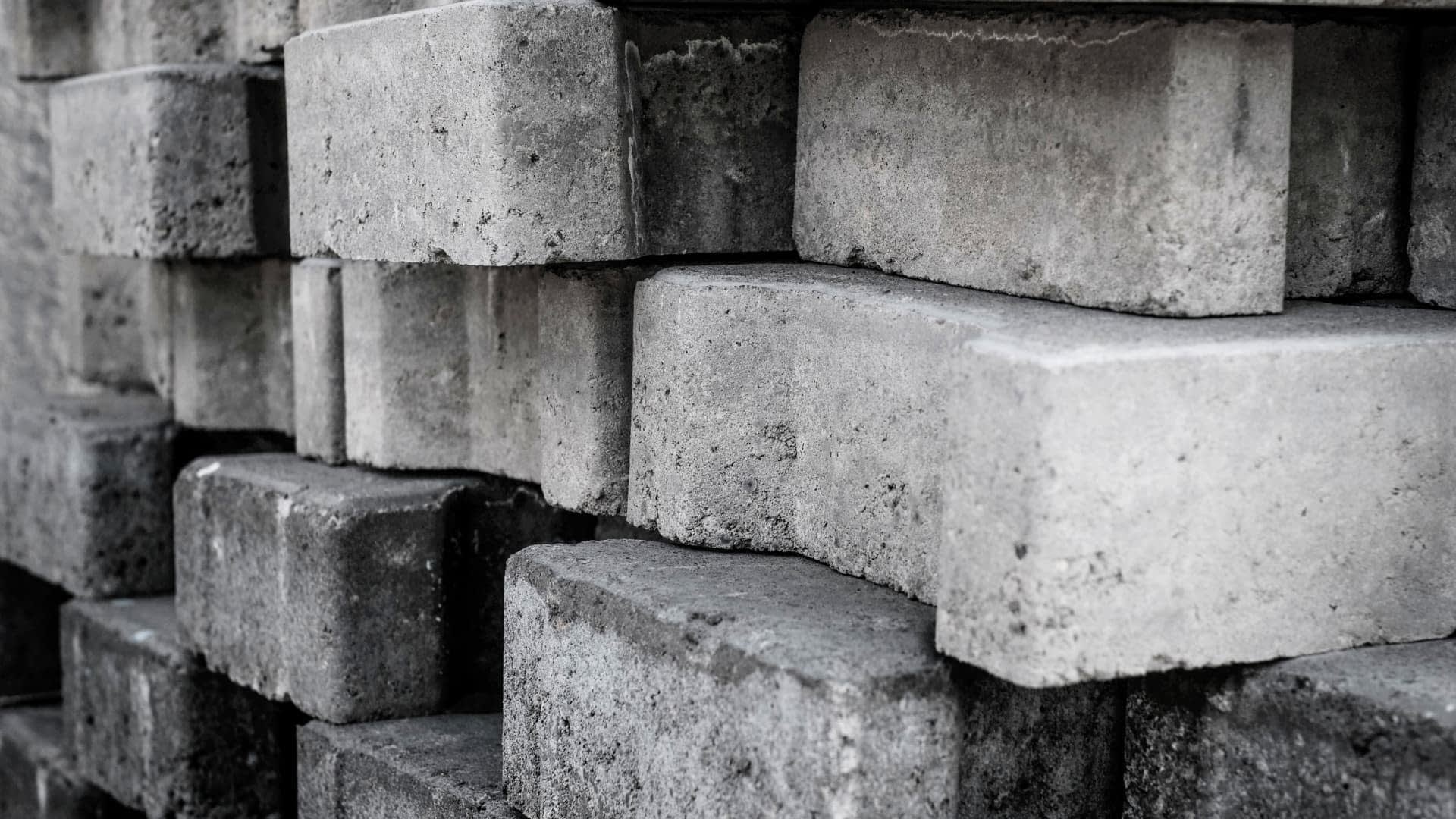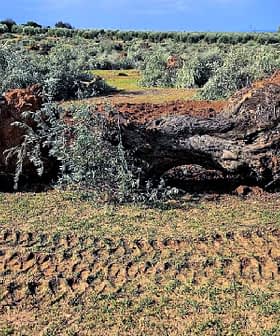Olive Pomace Ash Shows Promise as Eco-Friendly Cement Substitute

A study in the journal Materials explored the use of olive pomace ash as a sustainable alternative to ordinary Portland cement in mortar to reduce environmental impacts of cement production. The research found that up to 20 percent pomace ash could be used in mortar mixes to decrease carbon dioxide emissions without significant loss in mechanical performance, although further study is needed to assess long-term durability and real-world performance.
A new study has examined the use of olive pomace ash as a sustainable partial replacement for ordinary Portland cement in mortar.
With cement production being a major contributor to global carbon dioxide emissions, the research aims to reduce the environmental impacts of the industry.
Published in a special issue of the journal Materials, the study assesses how combining pomace ash affects the physical, mechanical and durability properties of mortar to determine its suitability for large-scale use.
See Also:Bricks Made with Olive Pits Reduce Carbon Footprint of Buildings, Study FindsOlive pomace ash is derived from incinerated olive pomace (residual olive skins, pulp and pits). When ground, the resulting powder contains significant amounts of carbon dioxide, silica and lime.
Compared to ordinary Portland cement, its lighter weight and finer particle size influence mortar characteristics such as density and workability (the ease with which mortar can be mixed, placed and compacted).
Mortar samples were created by substituting Portland cement with pomace ash in ten percent increments up to 50 percent.
Each mix underwent tests for flowability (the ability of the mix to flow and spread into place when poured), strength, water absorption, and resistance to freeze – thaw cycles over periods of seven, 28, and 90 days.
The researchers found that the workability and flowability of the mortar decreased as pomace ash levels increased.
At levels of up to ten percent, mortar samples exhibited minimal changes in both wet bulk density and flow time, indicating their suitability for practical applications.
Between ten and 20 percent, the mixtures became harder to work with, but maintained acceptable flow. Beyond 20 percent, flow rates were drastically affected.
Both compressive and flexural strength tests yielded similar results, with pomace levels of up to 20 percent exhibiting reduced strength, but remaining within the acceptable range for structural mortars.
The researchers noted that strength continued to increase over 90 days, consistent with the activity of pozzolanic reactions — the chemical processes by which certain materials, such as ashes, react with water and cement to form binding compounds that enhance the strength and durability of concrete over time.
Freeze-thaw resistance tests further confirmed the 20 percent limit for pomace ash levels. Beyond this threshold, mixtures exhibited substantial vulnerability.
See Also:Study Finds Potential for Olive Mill Wastewater in BiopesticidesWater absorption, which can lead to durability-related damage and performance degradation, increased in samples with pomace ash levels above ten percent.
All samples exhibited a maximum absorption of 6.92 percent, which is well within the ten to 15 percent range deemed acceptable for adequate long-term performance.
Interestingly, the ten percent mixture showed slightly lower absorption than the ordinary Portland cement control mixture. This was attributed to the fine ash particles filling voids and otherwise refining the mixture’s pore structure.
An environmental analysis compared the energy usage and carbon dioxide emissions of pomace ash mortar production to those of the control mix, which is made entirely of ordinary Portland cement.
Carbon dioxide emissions were calculated based on electricity generation in Algeria, where the study was conducted.
Production of the control mix consumed 1,000 kilowatt-hours per ton (kWh/t) and emitted 500 kilograms of carbon dioxide per ton (kg CO2/ton).
In contrast, production of the ten percent pomace ash mix consumed 953.5 kWh/t and produced 476.75 kg CO2/t, while that of the 20 percent mix consumed 907 kWh/t and produced 453.5 kg CO2/t.
The authors conclude that the ten and 20 percent mixtures are associated with a meaningful decrease in environmental impact while maintaining acceptable mechanical performance, supporting their candidacy as environmentally friendly construction materials.
They believe, however, that further study is needed to examine the long-term durability, microstructural behavior and performance in real-world settings.
They also note that broader adoption would require such materials to be incorporated into updated building codes and specifications.







